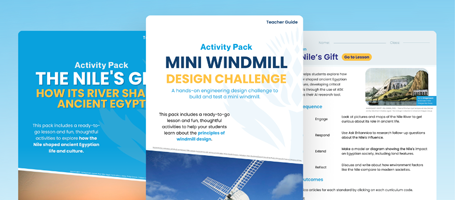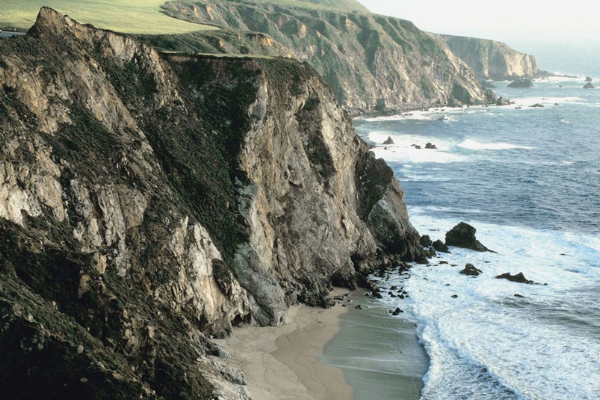From desert plains to ragged coastlines, diverse landscapes contribute much to the beauty of our planet.
The following activities and resources will help students study different types of landscapes found in your local region and around the world. Learn about the spiritual, aesthetic and cultural values of certain landscapes and landforms, and analyse the impact that human activity has had on different landscapes.
An Introduction to Landscapes
Landscapes make up the Earth’s surface, they consist of a variety of geographical features that are characteristic to the area. There are two main landscape categories – natural and human (man made or built). Natural landscape examples include deserts, mountains and coast while human landscape examples include cities and farms.
Resource Packs
This Britannica School (Australia) Primary level resource pack ↗ includes age-appropriate articles, images and videos that explore different types of landscapes around the world. For more advanced learners, a Middle school version↗ of this resource pack is also available.
Teacher Tip:
Schools subscribed to the New Zealand or Asia version of Britannica School can also access these resource packs at:
Britannica School (New Zealand) Primary level resource pack↗
Britannica School (New Zealand) Middle level resource pack↗
Britannica School (Asia) Elementary level resource pack↗
Britannica School (Asia) Middle level resource pack↗
Britannica School (Asia version in China) Elementary level resource pack ↗
Britannica School (Asia version in China) Middle level resource pack ↗
Activities
The following activities can be completed using resources found in the Britannica School ‘Landscapes’ resource packs
- Using the World Atlas tool (accessible from any Britannica School homepage) explore the world map in the satellite view. As you zoom into particular regions you will be able to see more clearly what type of landscape can be found there. You can drop the yellow person onto the map to explore a landscape in close up to see more detail. Select one type of landscape and complete the Main Idea and Detail worksheet describing the landscape and how it is formed. Examples include mountain, coastal, riverine, desert, karst or human.
- Using Britannica School search for different examples of each type of landscape and list them in the Landscape Table worksheet. HINT: The World Atlas tool may also assist you with this task.
- The Australian Aboriginal people have a very close spiritual and cultural connection to the land. Explore their connection and explain its significance to the Australian Aboriginal people.
- Humans and their activity have a huge impact on landscapes. Explore and select a human activity that impacts landscapes and complete the Impact and Evidence worksheet explaining what the impact is, the resulting consequences for the landscape it affects and ways to lessen the impact.
Featured Image from BRITANNICA SCHOOL: Big Sur is a ruggedly beautiful stretch of seacoast along the Pacific Ocean in the U.S. state of California. Photo by: Photos.com/Jupiterimages. Accessed 19 Oct. 2021.
These activities and resources have been created using content from Britannica School, the go-to site for safe, comprehensive student research. Contact your librarian to find out if your institution already has access. Find out more about Britannica School or set up your own free trial.
More Educator Resources
Sign up with your email for more free resources from Britannica.


